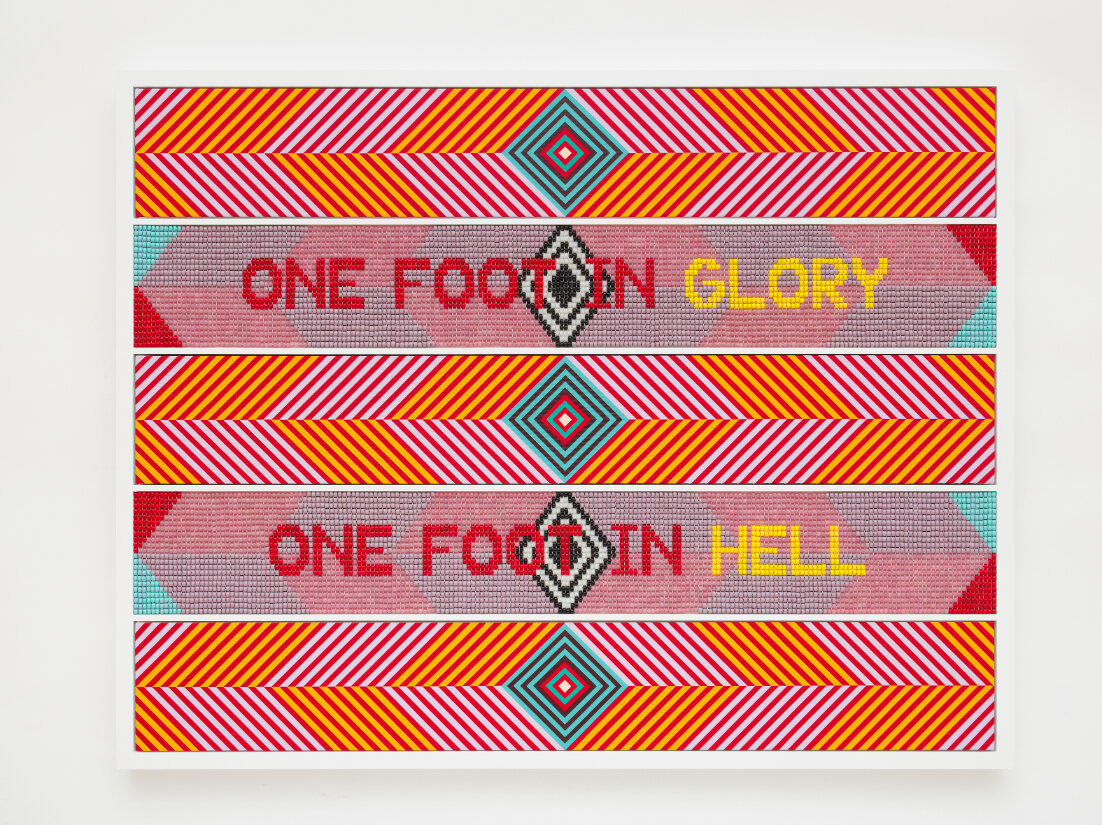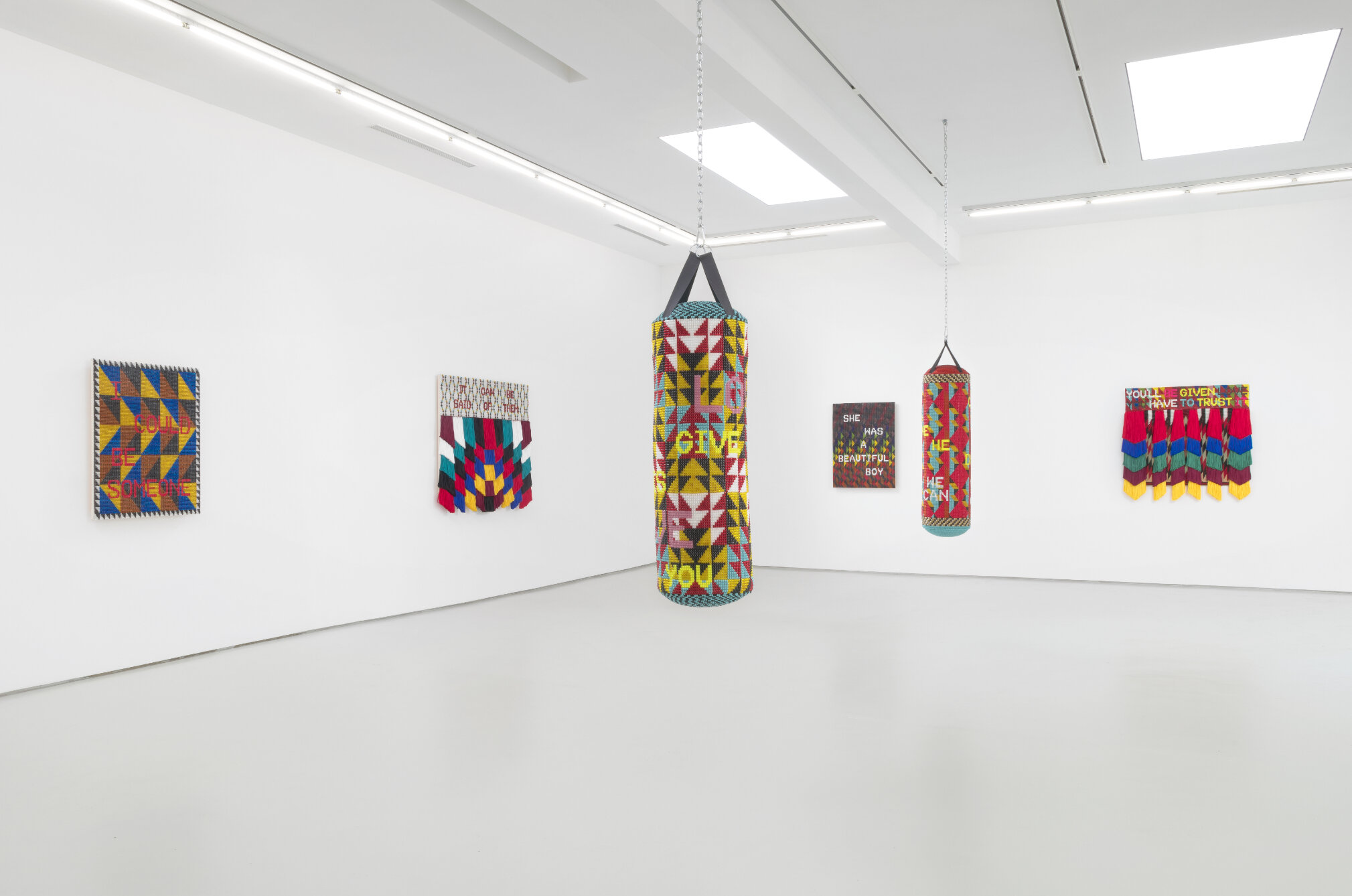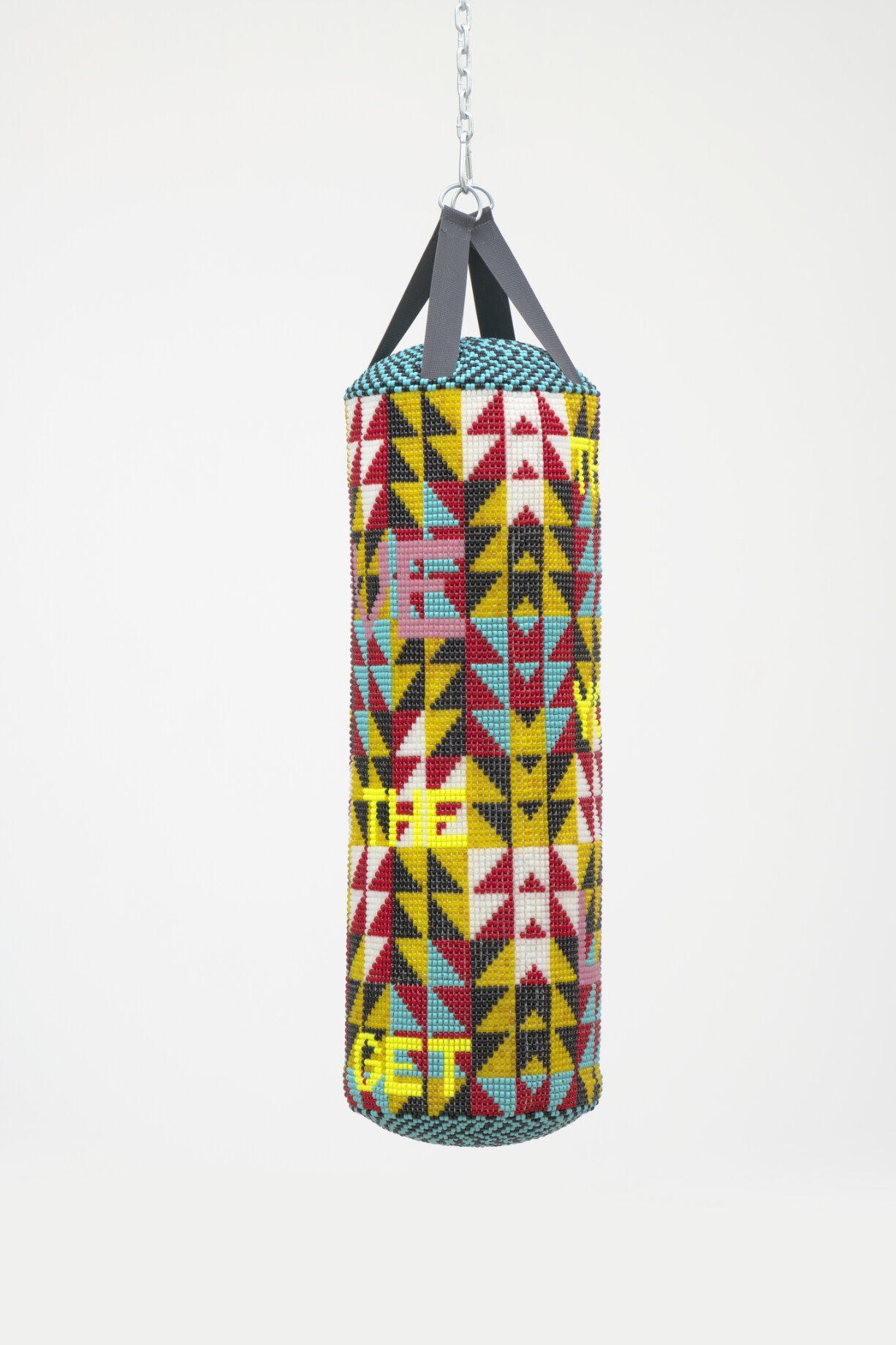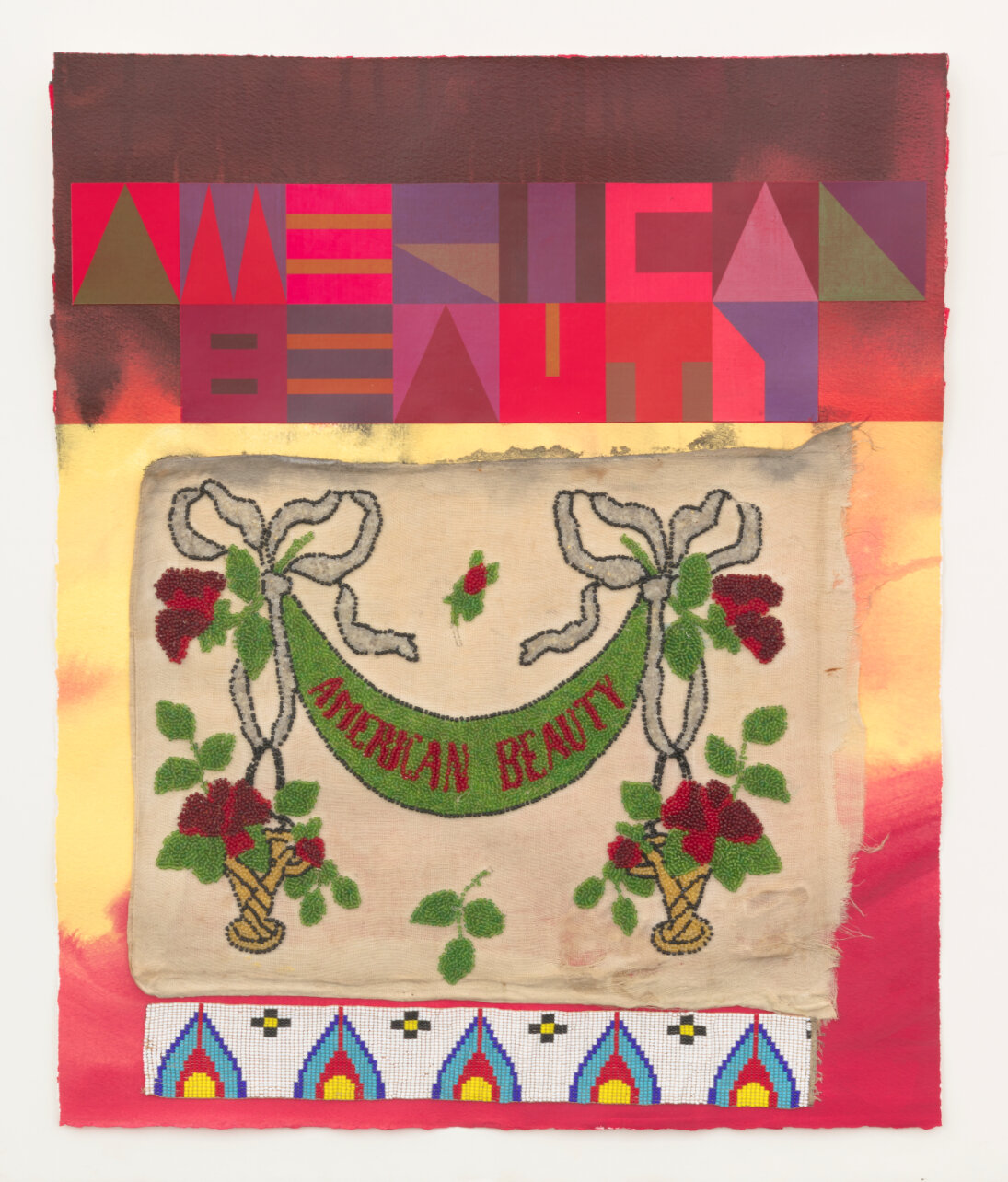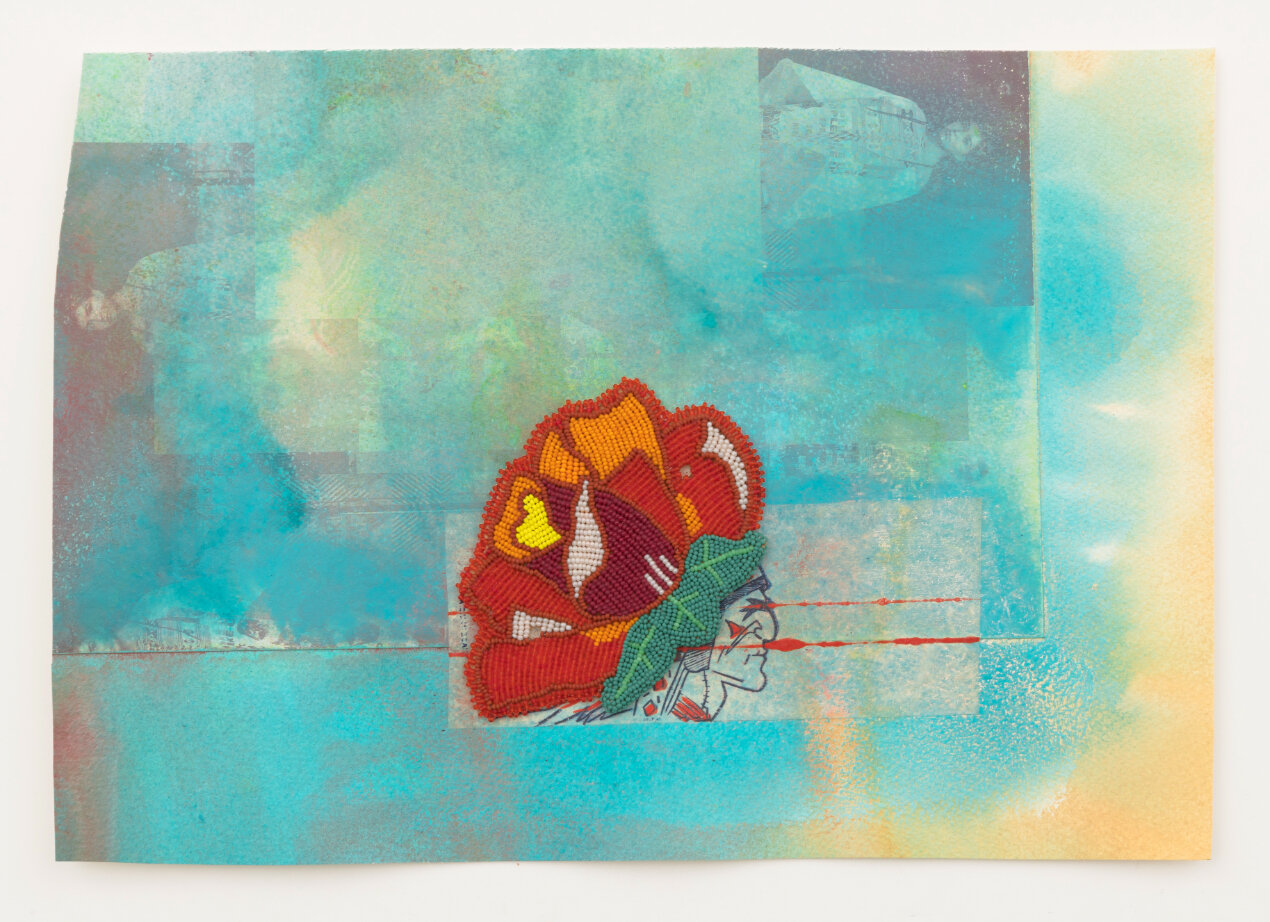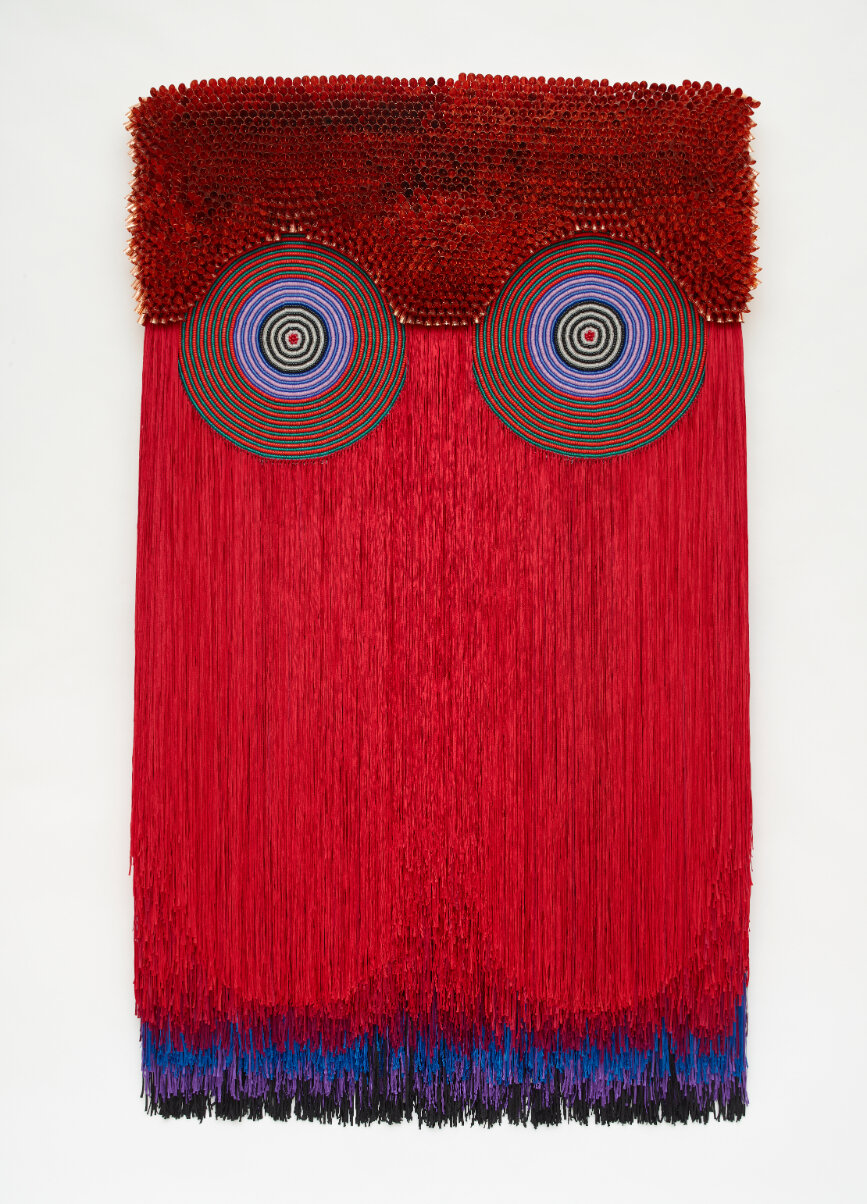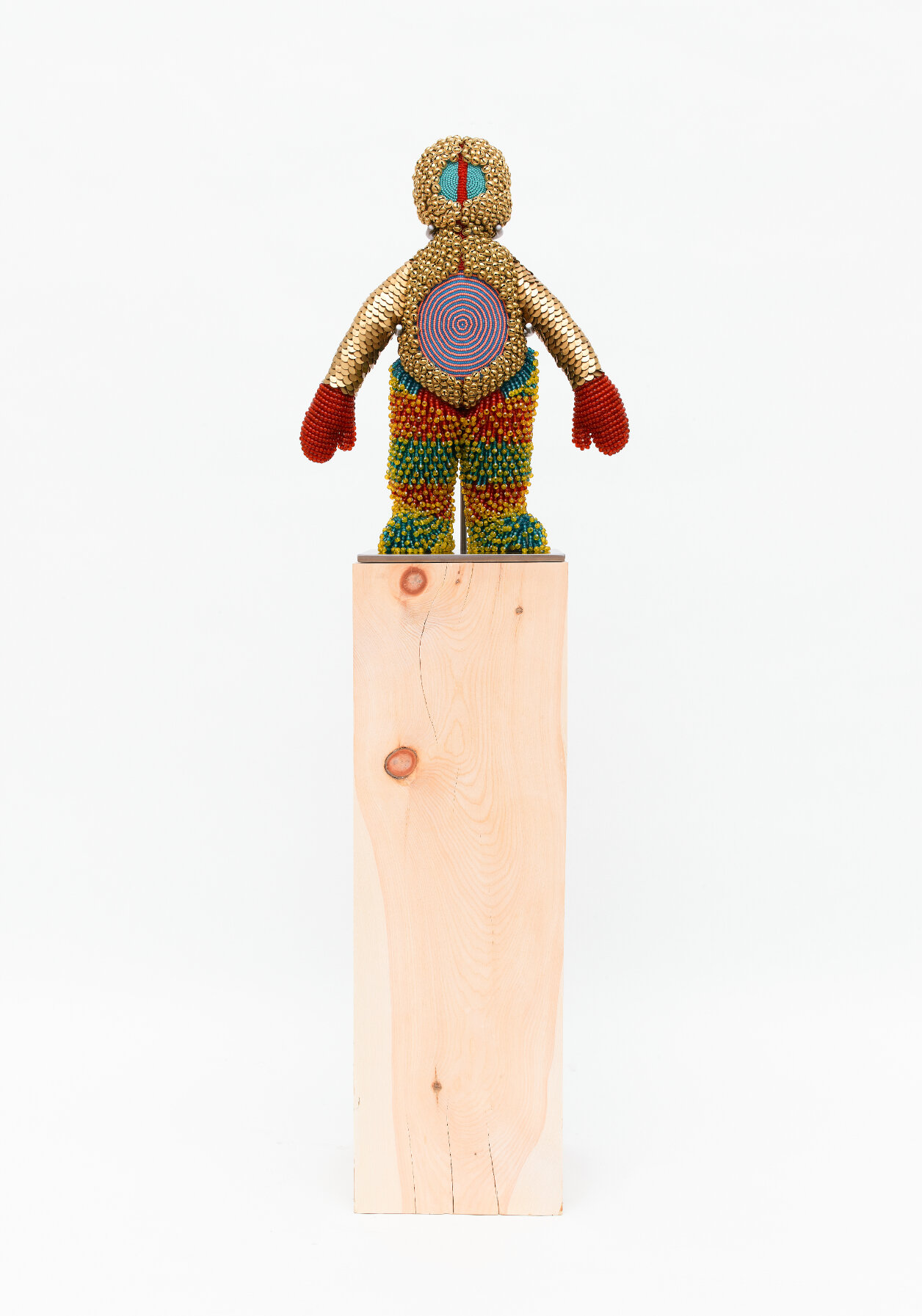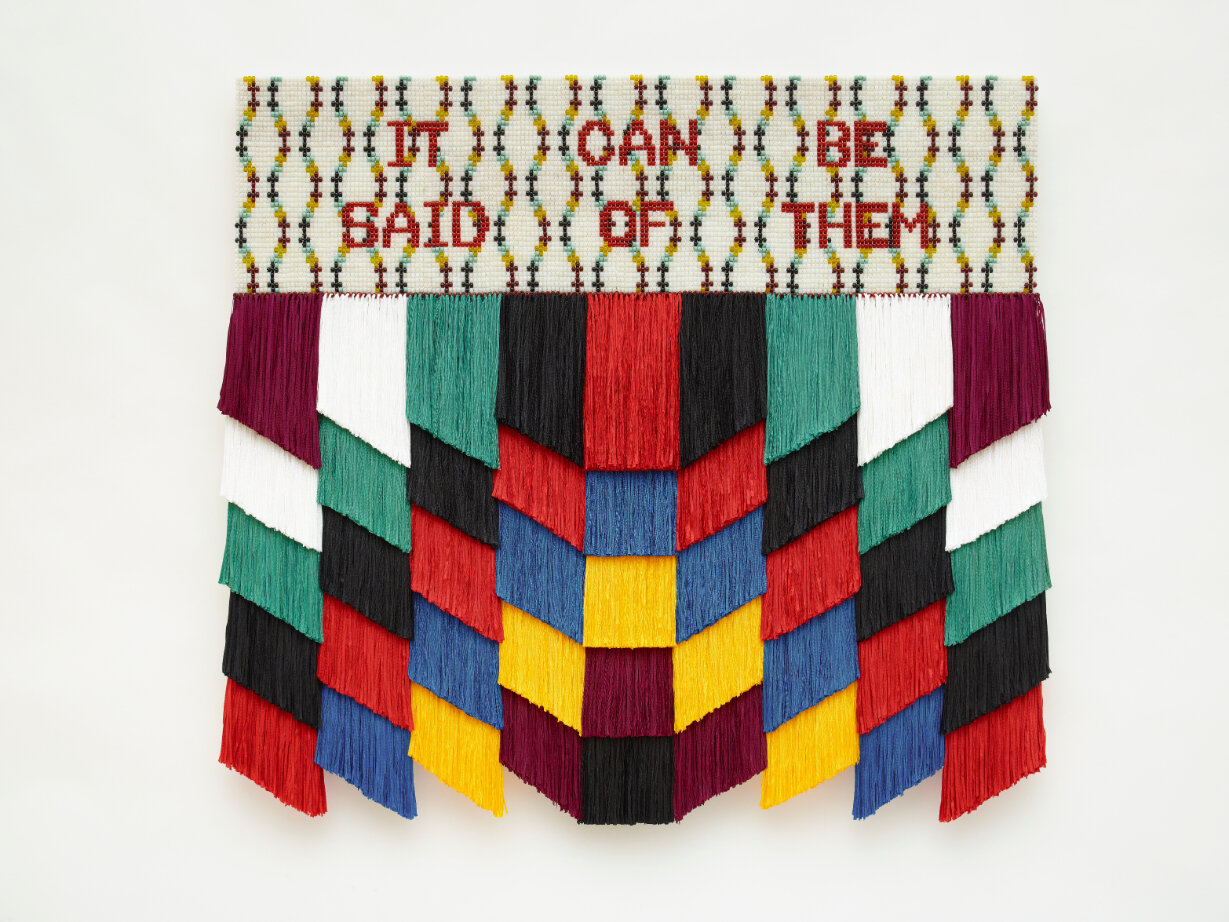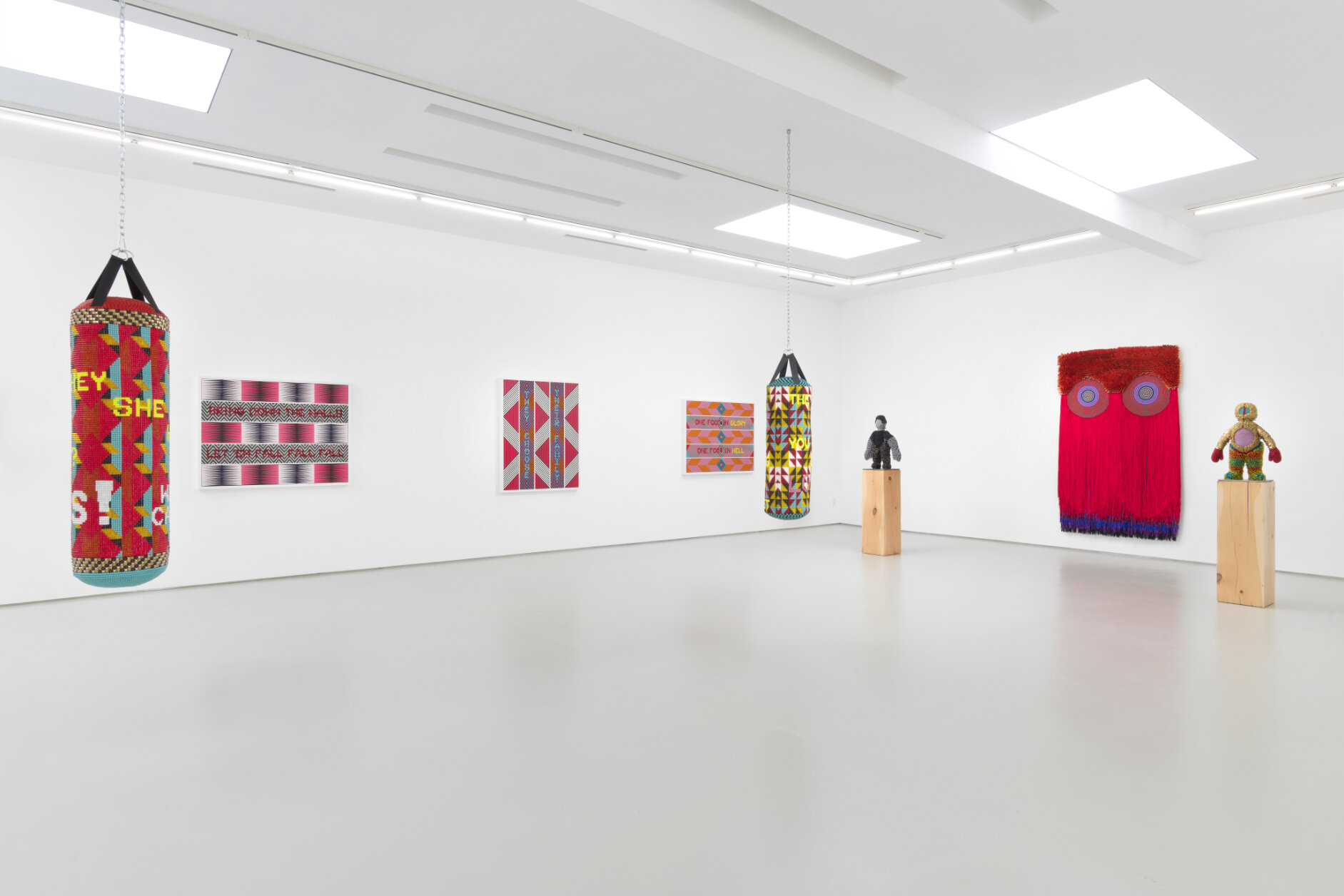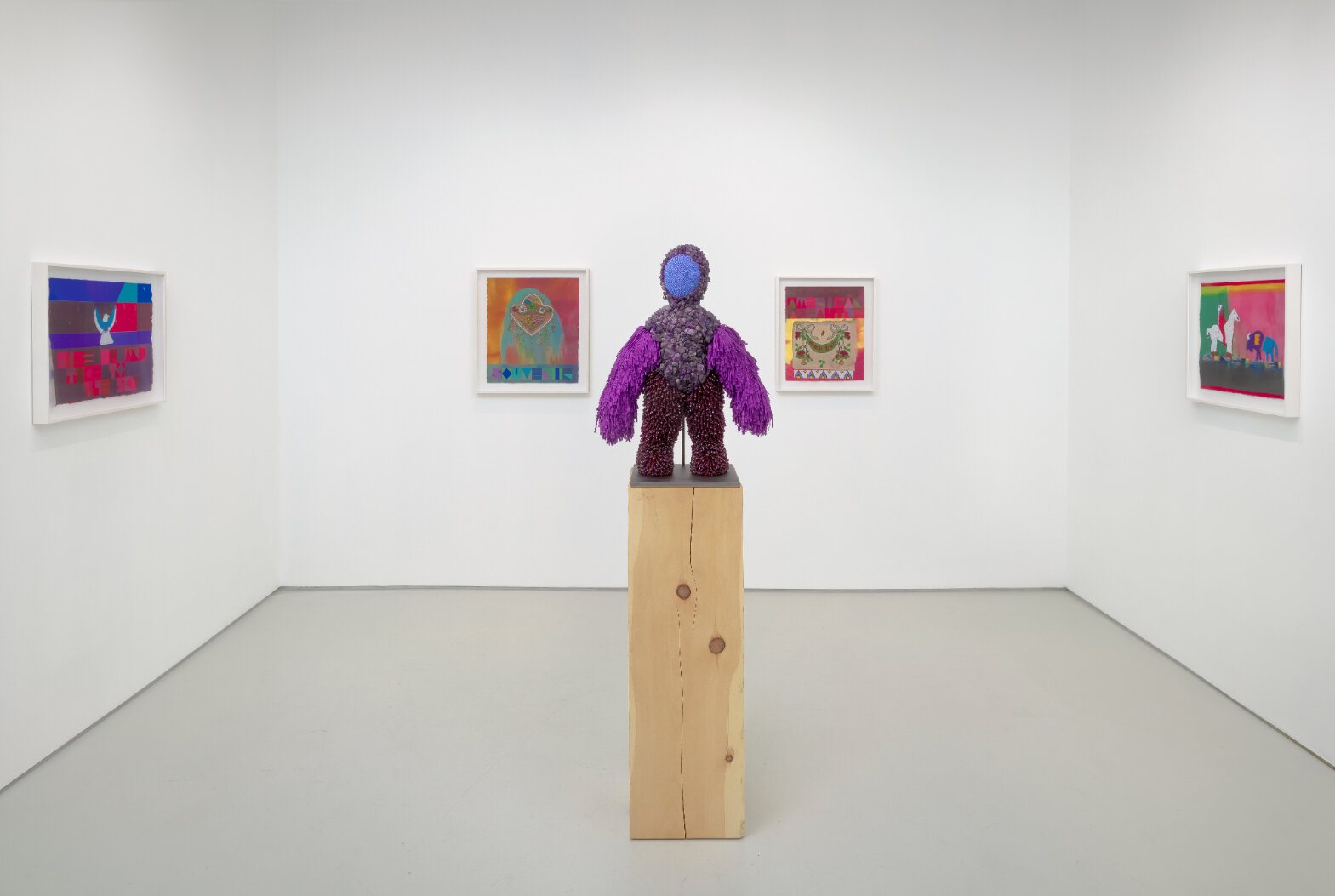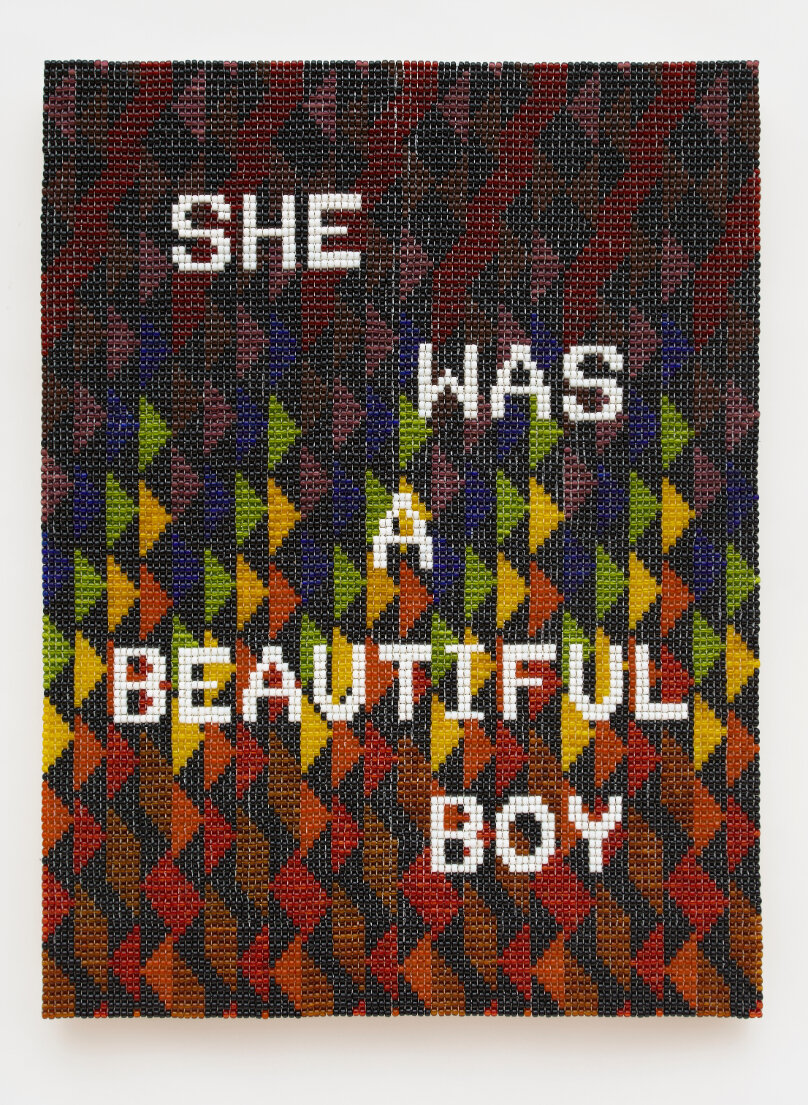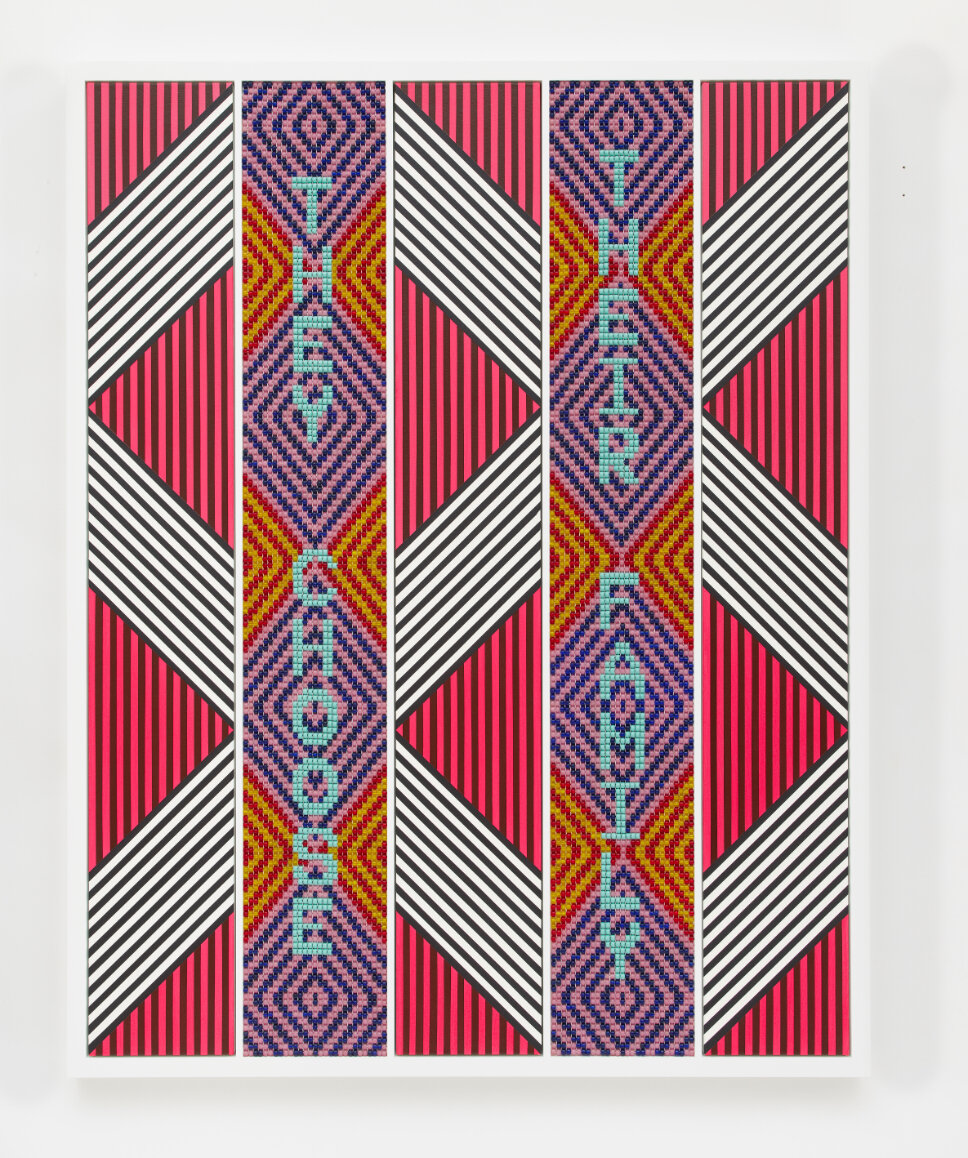Charlotte Edey is a London-based visual artist who adopts a multidisciplinary practice as a form of personal and political expression. Drawing on a multitude of themes, her work addresses notions of femininity, gender, body politic, and mythology. Edey’s tapestry, embroidery and sculptural pieces are extensions of her drawing practice, and her distinct artistic language focuses heavily on symbolism and the investigation of space. Recognized for their surreal dreamscapes and pastel palette, she employs a recurring water motif that takes inspiration from Ovid’s “Metamorphoses,” which serves as an investigation of ‘hydrofemininity,’ and the belief that our bodies are fundamentally part of the natural world.
Edey’s newest body of work, Framework, is currently on view at Ginny on Frederick. In this exhibition, a dialogue between each piece has been created by the artist as she examines various ways to blur the boundary between the real and the represented through the motif of the window and frame. Using these as a point of departure, she explores the notion of transparency to identify and differentiate between interior and exterior, public and private. Her intricately detailed—hand sewn and beaded—tapestry works and larger mirrored pieces are symbolic gateways that gently interrogate interior space, identity, and observation. We spoke on the occasion of Framework’s opening to discuss her development in recent years, as well as her interest in the symbolic interplay between windows, frames, and eyes. Read more.

